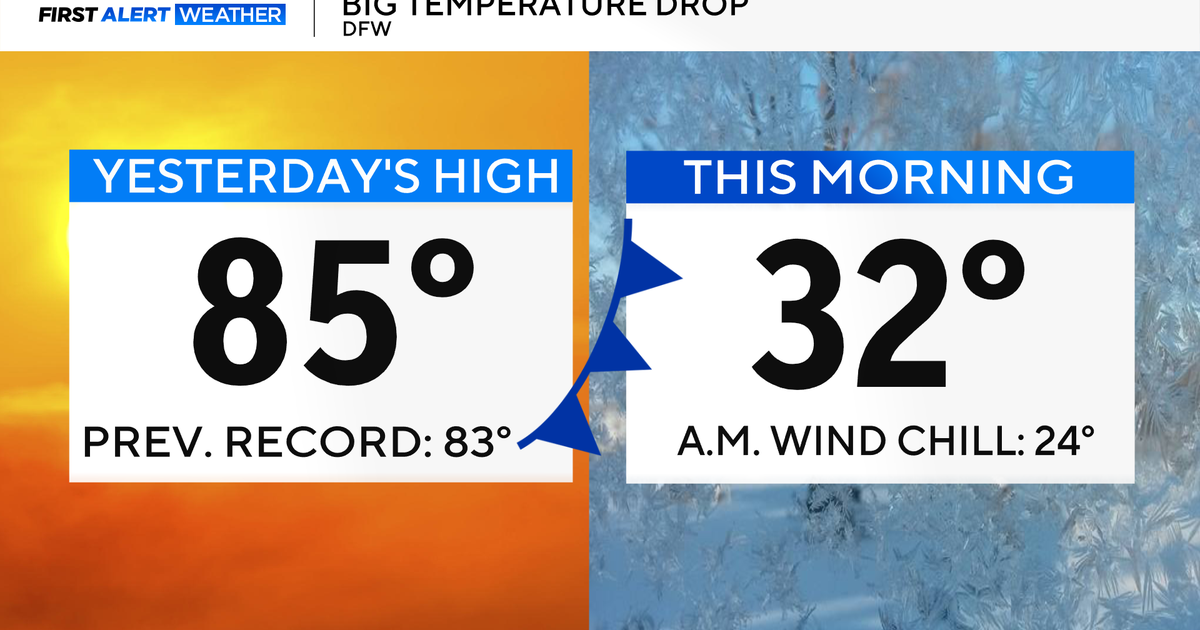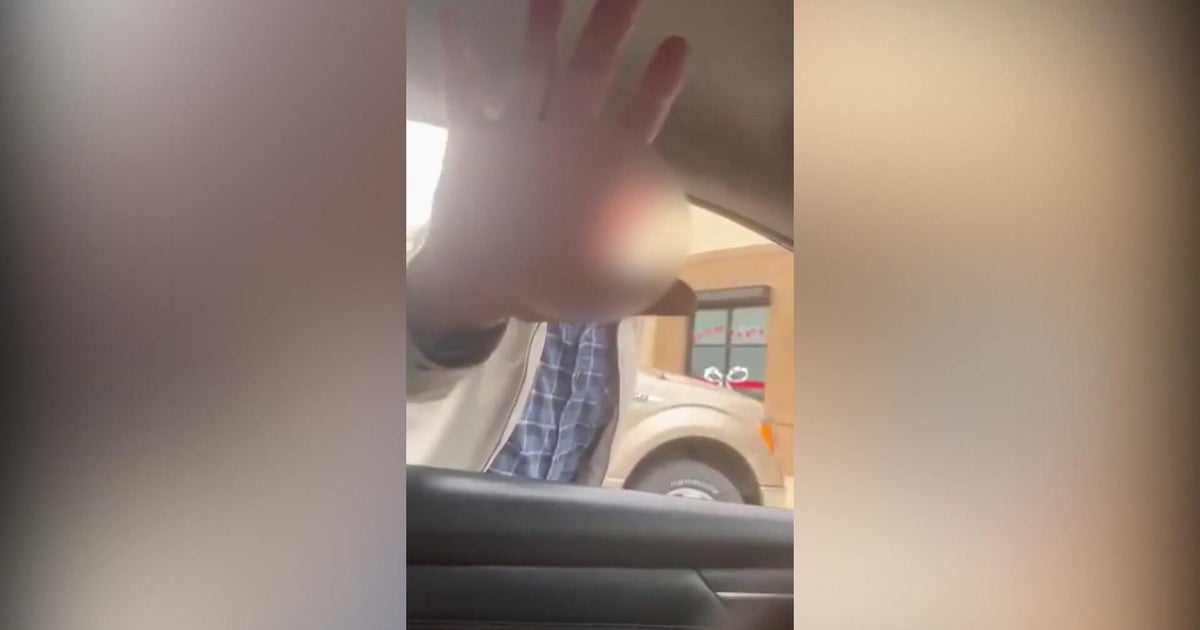Gardening 101: Landscape Design
NORTH TEXAS (CBSNewsTexas.com) — Landscape design is a college degree. It can't be reduced down to a two-minute story on TV. But some fundamental concepts can go a long way in helping you lay out your plants in a pleasing way.
I would start by first trying to understand basic ratios. I've always leaned heavily on Fibonacci ratios since they are easy to layout and just flat out work. You can also use the basic Fibonacci sequence numbers to help balance the number of plants you utilize in your space.
When planting flower beds, know the basic combinations of contrast and complementary color. Also, know how to take advantage of warm and cool colors. Cool colors push the perspective (widen or deepen the space), while warm colors draw attention to parts of the landscape.
There is contrast in color and also a contrast in shape. Think of the difference between an elephant ear and ornamental grass as an extreme example. Use leaf shapes as a contrast trick, also different shades of green and variegated colors. I love purple next to chartruse and use them in several combinations in my yard.
You can also step down sizes, using plants to draw people to a doorway or a gate (I like to use Fibonacci ratios when stepping down or up. E.g. Put an eight-foot plant next to a five-foot plant next to a three-foot plant.)
Or you can just do what an amatuer like me often does. I go to one of the many great botantic gardens around the DFW area and take pictures of what I like. Then I re-create it the best I can in my yard.
The real point of this story is that knowing some the basics can keep your landscape design simple yet effective. And that you should spend some time simply thinking about how your plants are going to look next to each other. I used to just buy what was on sale and find a space for it.
Lastly, I want to emphasize a point that Patrick Dickinson of Rooted In made when I interviewed him for this story. Believe me when I say it absolutely blew up my own design for my yard...Your front lawn will rarely be seen at length straight on. Most will approach your front yard from an angle. You should design for line-of-sight from the main approach of your home when it comes into full view.
I had never thought of that until Patrick made his point. The design should lead your eye to an important part of your house, like the front door for example or a water feature you have.
Following basic design and putting in the right plants will go a long way in improving the look and value of your home. And a day working in the dirt, in my mind, is a great day to have.







